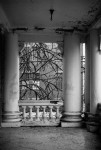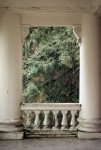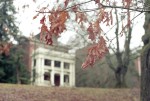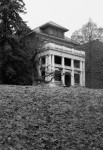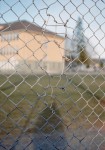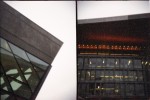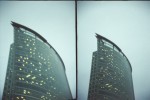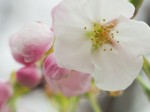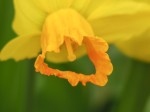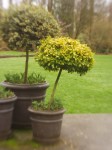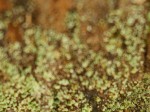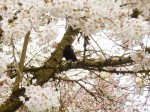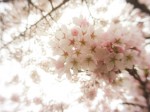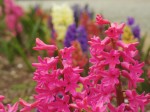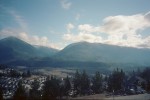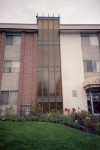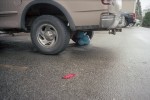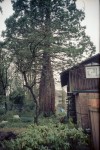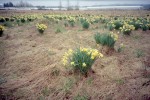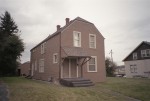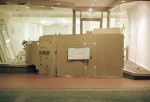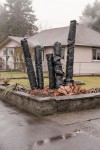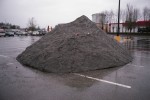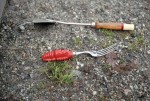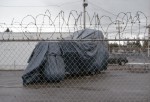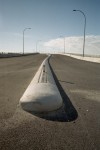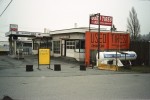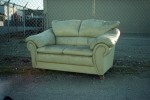May
29
2014

There is plenty of information available about the Canon AE-1 so I won’t spend too much valuable photography time writing about it but I will say that it leaves something to be desired in terms of ease of use. My primary complaint being the lack of any feedback in the viewfinder (in manual mode) as to what the camera is set to. Also the lack of exposure compensation beyond a hard to locate +1.5 EV backlight compensation button make it less versatile than other similar SLR’s from that time even a basic Pentax K1000 using metered manual is easier.
Used in shutter priority mode which is really its native setting it’s fine and the viewfinder is big and bright. There are many FD lenses available with the 50mm 1.4 being a great example and reason enough to shoot with this camera if you are willing to take the time to adjust to it’s controls.
no comments | tags: Canon, film | posted in Cameras, Photography
May
25
2014

They really aren’t kidding with this film when they say handle in subdued light. I thought that for the most part I had been careful yet the film ended up being heavily light struck. All indications are that the light came in through where the film exits the canister so none of this would have been while the film was in the camera. What makes this film unique is that it doesn’t have the usual orange dye masking of nearly all other c41 colour negative films. This is supposed to make it easy to scan and more versatile in different lighting. Unfortunately for me the light leak over rides any other factor of this film. That being said even those images struck by light have a certain look that makes them unique and clearly sets them apart as being from film.

I shot this roll of film in my trusty Yashica Electro GT

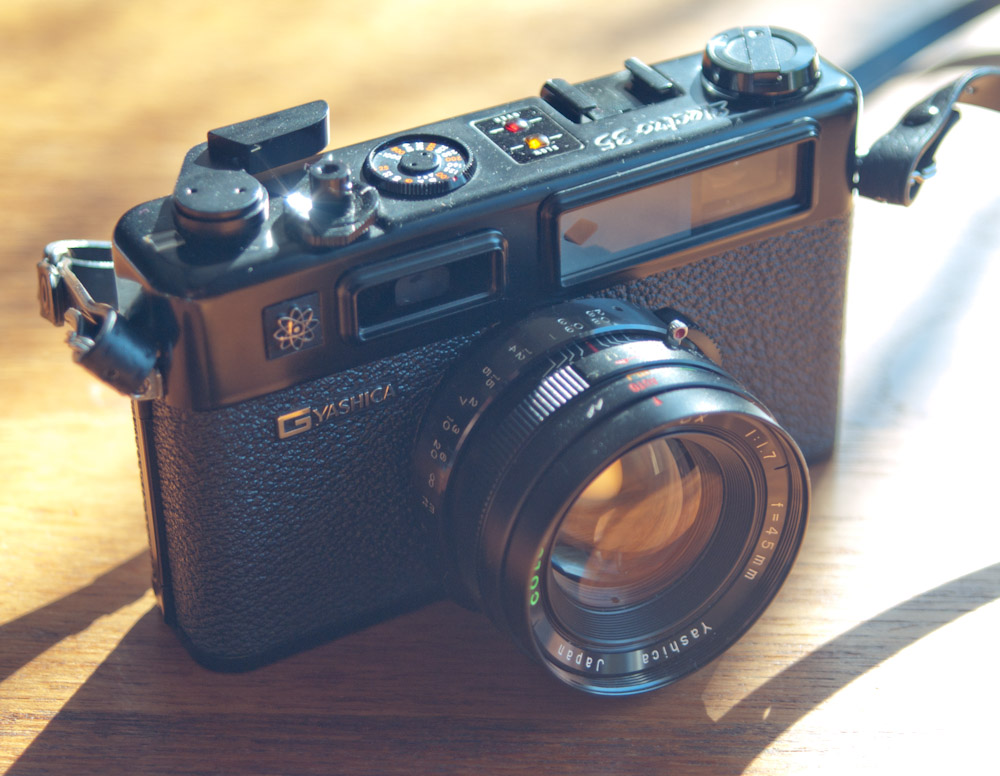
no comments | tags: Cameras, film, Photography | posted in Cameras, Composition, Photography
May
22
2014

The Holga TIM is an interesting camera that lends itself to photographic experimentation. With its two lenses that can be covered and uncovered independently and the fact that the shutter can be reset without advancing the film it allows you to shoot two images side by side within the space of a regular 35mm film frame. You can also do multiple exposures on a single frame using the shutter reset. For these images though I would expose one lens at a time and then reset the shutter and exchange which lens was uncovered, producing diptychs on film.
2 comments | tags: film, holga | posted in Cameras, Photography, Uncategorized
May
12
2014

In the image above the lenses on the right side are all homebrew lenses I made for the Pentax Q. I purchased three Q mount to C mount adapters, took them apart and used only the part that mounts to the camera. The lenses themselves are a 12mm pancake distortion creator a 35mm f2.8 and the newest one a 40mm f1.9 from a Canon AF35ML which is currently set to a fixed focus point and aperture and works like a macro lens. They are of course manual focus and with the conversion factor the 40mm has a field of view similar to a 220mm lens on a ‘full frame’ sensor or 35mm film. Each one of these lenses has limitations in the quality of the image they produce but are a fun way of experimenting.
no comments | tags: Digital, lenses, Pentax | posted in Cameras, Photography
May
7
2014

Here are some more images from the fantastic little Ricoh R1 camera using 100 ISO Kodak Ektar. A follow up to Ricoh R1
2 comments | tags: film, Photography, Ricoh | posted in Cameras, Photography
May
3
2014
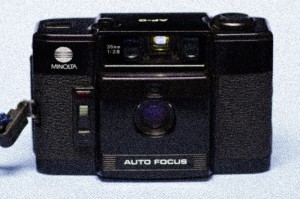 (Yes the picture of the camera is grainy it earned it)
(Yes the picture of the camera is grainy it earned it)
I had high hopes for this camera as it is a compact and is touted to have an excellent 6 element lens. Those things may be true but unfortunately for me my first roll was under exposed. I’m not entirely sure if it was a problem with the batteries or the camera but in any case it was consistently under exposing. Which tends to give you images that look like this viewed at 100%. (Fuji Superia 400)
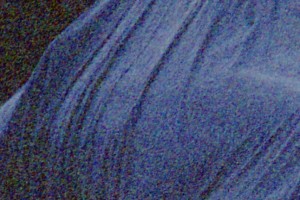
Despite the exposure issue it is an attractive camera with an interesting design. It has some similarities with the Olympus XA notably that they both have a sliding lens cover and 35mm f2.8 lenses. They are of very similar size with the Minolta being slightly taller and they both use a thumb wheel to advance the film and set the shutter. They differ though in that the Minolta AF-C is autofocus and auto exposure while the Olympus XA is a rangefinder and aperture priority. Had it not been for the exposure issues I had I’m sure that I would be saying that the Minolta was the better camera to use as the rangefinder on the XA is very small and fiddly.
no comments | posted in Cameras, Photography, Processing
Apr
23
2014
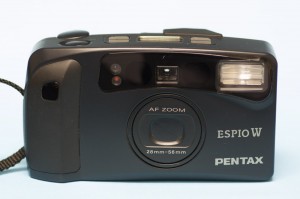
I have to admit it was the 28mm focal length that attracted me to this camera and pretty much nothing else, I am that shallow. However it turns out that within its extremely limited range it’s actually a camera (No I did not forget to place an adjective it literally is a camera). The zoom is a paltry 2X going from 28mm to 56mm with apertures of 4.5-8.6. Not exactly a low light star and the lens is only actually sharp in the center but its 28mm people why else would it be called the W.
So the good: 28mm and large buttons and display. The Bad: 56mm isn’t exactly telephoto (See image of seal bellow) and pictures look vaguely like they have been smeared with vaseline but only in the corners so that’s okay.
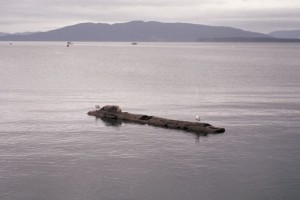
no comments | posted in Cameras, Photography
Apr
19
2014
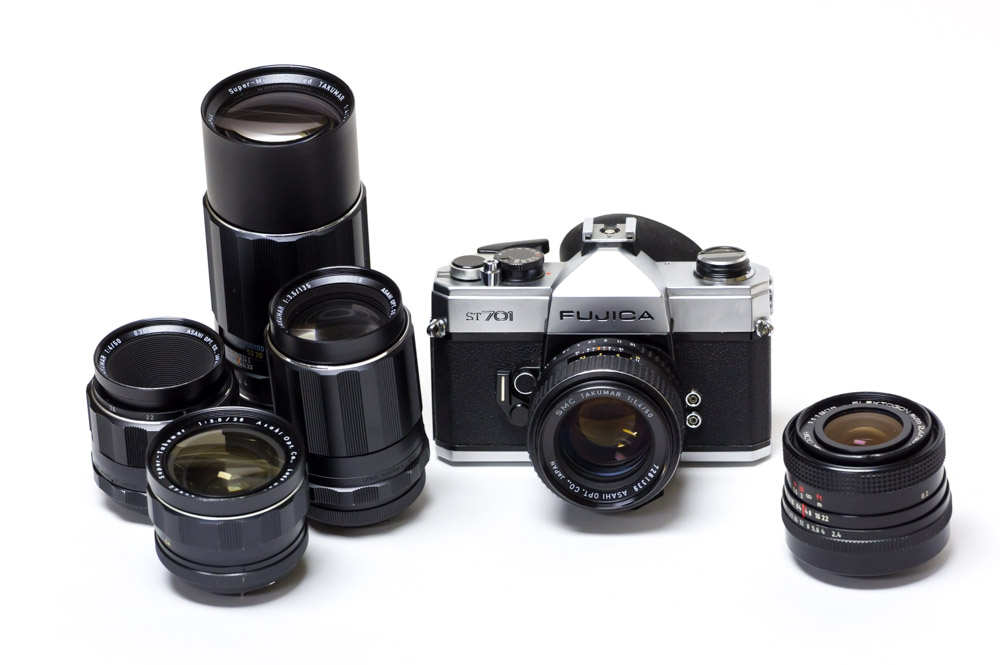
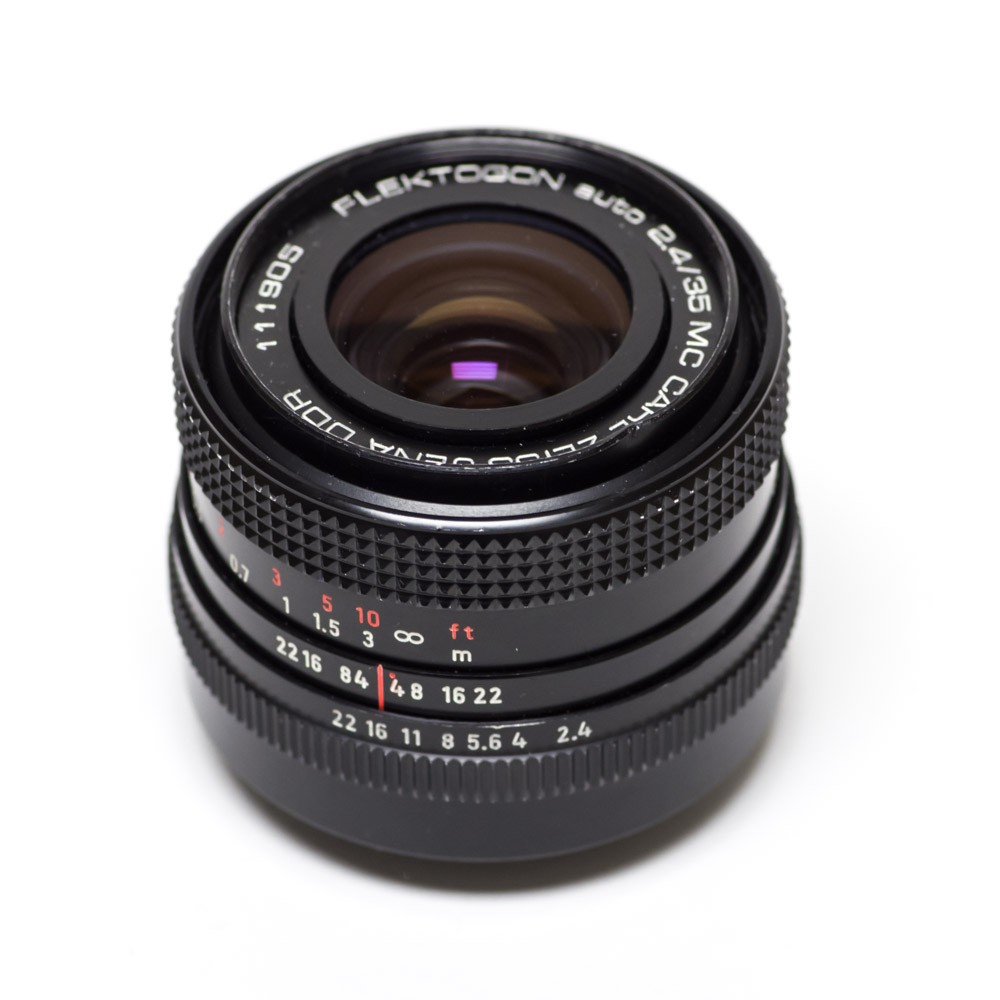
This is really two posts in one. How good the Fuji St701 is with Pentax Lenses and how terrible the Ziess Flektogon 35mm F2.4 is. It started when I pulled out some M42 lenses to put together a complete kit centered around my Fuji st701. The other lenses are Pentax Takumars (28mm f3.5/50mm f1.4/ 135mm f3.5/200mm f4) but I also wanted to give the Zeiss Flekton 35mm a try. Wow what a terrible lens it’s like a Lens Baby without the configurability.
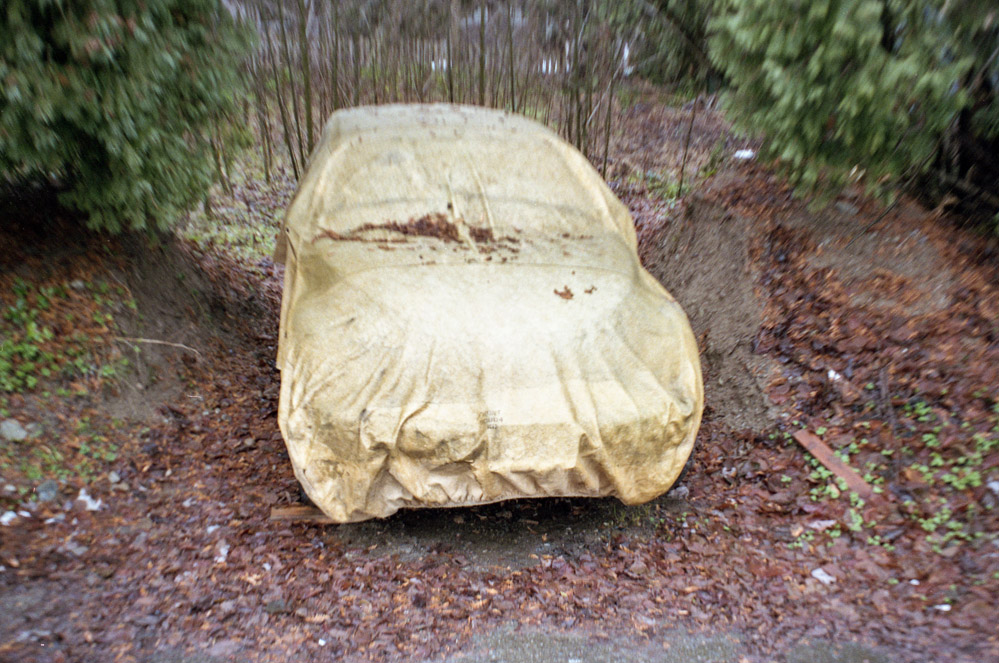
In case you thought that was a one-off aberration here is some more eye candy.
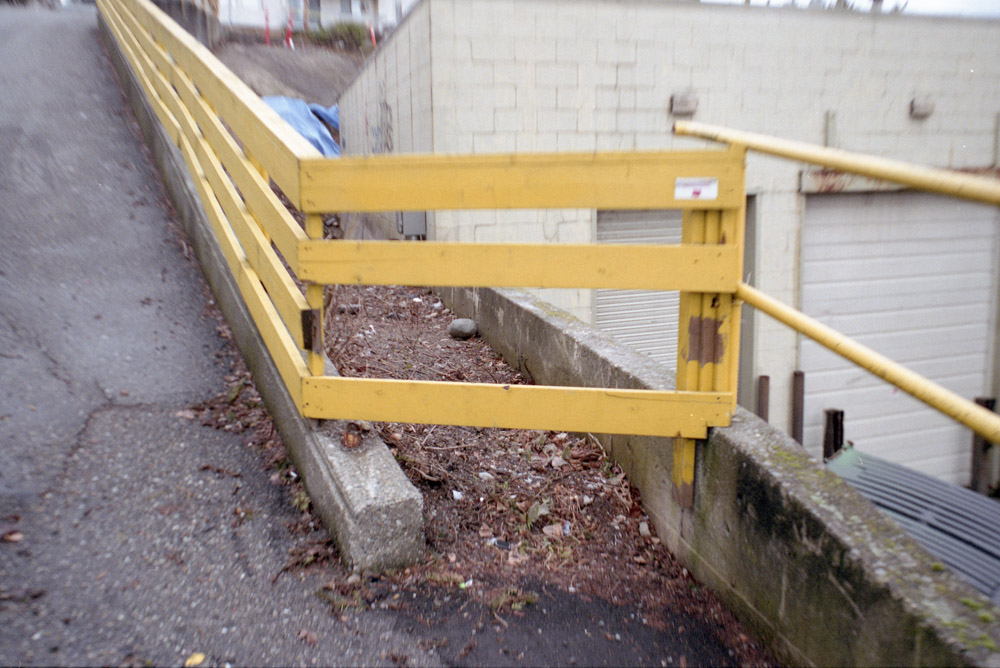
There are many cases online of people who are happy with this lens but it seems to me that most instances of this are of people using it on digital cameras with smaller sensors and therefore only using the center portion. Perhaps I have a case where my lens has some mis-aligned element but it seems properly centered so I think that is doubtful. I just think that wide open it’s not that good.
Now for the other part of the post. I think the Fuji ST line of cameras are probably the best cameras available for the M42 mount. They have an exceptionally bright viewfinder and are very well-built.
As a side note it may be a bit of a stretch to say that the latest Fujifilm digital camera the X-T1 has ST701 DNA in its design but that camera does look nice. 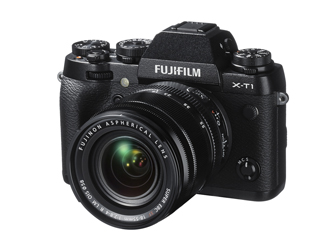
Here are some images shot with the other lenses and maybe one or two from the Zeiss you might be able to spot those ones.
1 comment | tags: Cameras, film, Fujica, Photography | posted in Cameras, Photography
Apr
16
2014
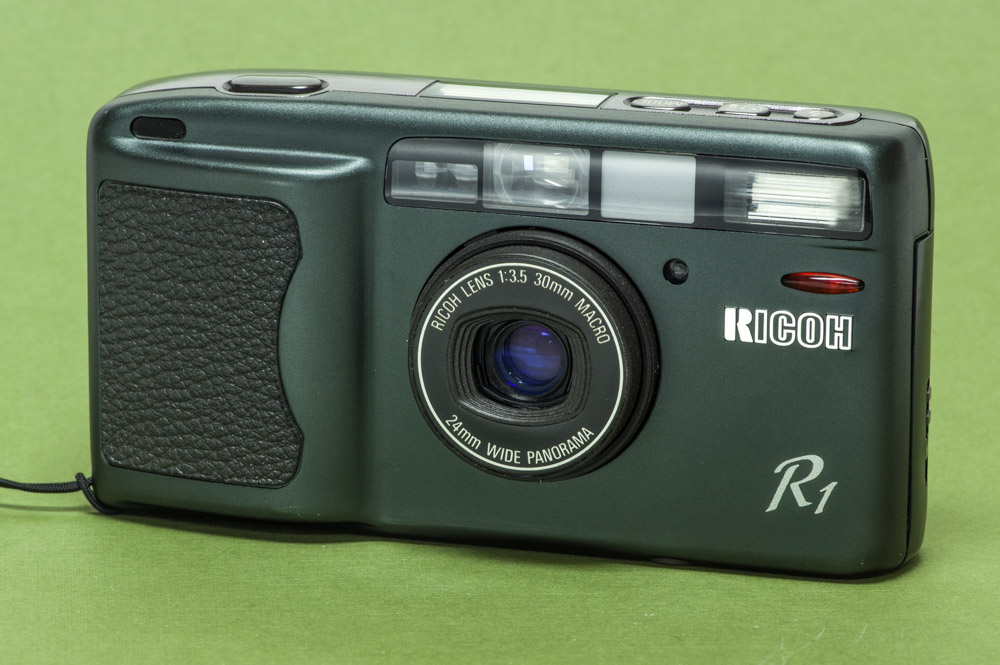
The Ricoh R1 is like two cameras in one. A high quality 30mm point and shoot and a 24mm panoramic riot of distortion. For my purposes I think I will stick to 30mm. That is the cameras native focal length and it’s only by swinging extra lens elements into the optical path that the 24mm is created. Some people disable the panoramic masking at 24mm to allow the full 35mm frame to be exposed but the result is a mix of the distortion I mentioned and severe vignetting.
While not as small as the Olympus Stylus Epic it has superior ergonomics and controls and still fits in a pocket easily. As for 30mm as a focal length it is a bit wide but not as much as 28mm. I tend to prefer 35mm but this is a decent compromise.
It really is a testament to the design of this camera that 20 years later Ricoh is still making digital cameras that take their design cues from the R1. Additionally the iconic GR series of film cameras were an improvement on the R1 while retaining similar ergonomics.
In this 100% crop you can see really see the quality of the 30mm f3.5 optics at the center. It’s not as good in the corners but is still respectable.
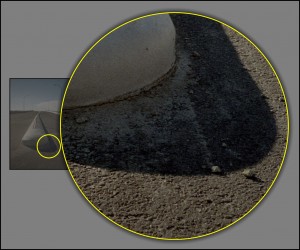
And now for the pictures.
3 comments | tags: camera, film, Photography, Ricoh | posted in Cameras, Photography
Apr
12
2014
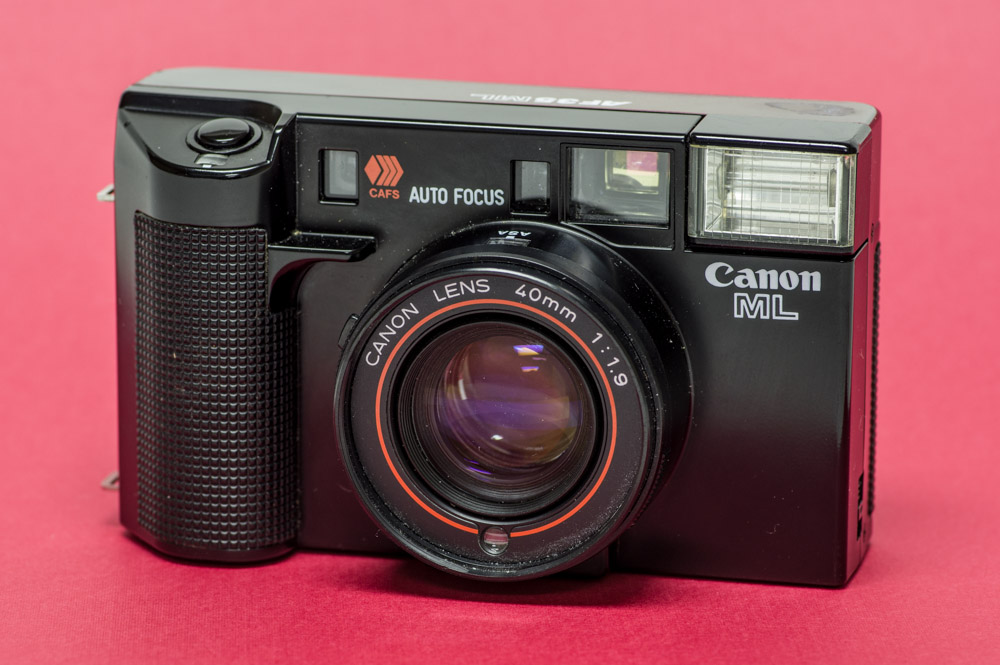
I tried the Canon AF35ML again (a different unit) and once again I wasn’t overly impressed with the results despite the promise of that 40mm f1.9 lump of glass. The exposures were inconsistant as well as the focus. It is just a fair camera and not one that inspires. So what to do with it….I know exactly what to do, I’m going to adapt that lens on my Pentax Q where it will be a 220mm equivelent super macro lens. Maybe then it will learn to perform.
1 comment | posted in Cameras, Photography




